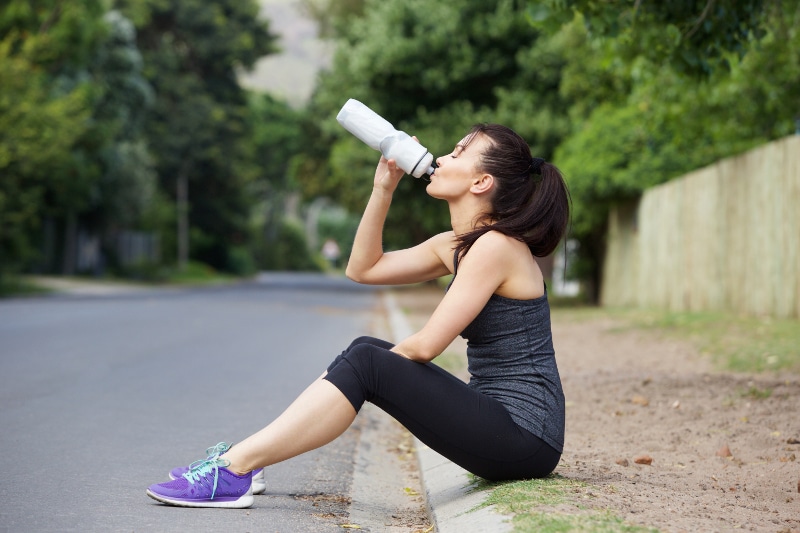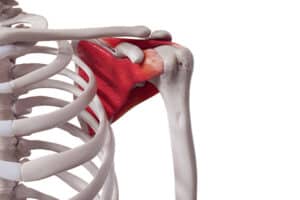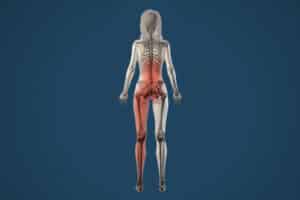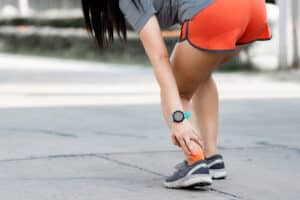Summer heat waves have definitely been a challenge this year! It can be hard to find the willpower to keep up with your kinesiology workout in the heat. If you don’t take care when adjusting your workouts for hotter temperatures, you run the risk of getting heat stroke, heat exhaustion, heat-induced muscle cramps, or serious dehydration—all of which are counterproductive for fitness to say the least.
So how do you go about adapting and altering your kinesiology exercise routines in order to stay safe during the summer? Here are six tips to help you keep on top of your fitness goals, even when it’s hot out.
1. Cold showers are your friend!
One simple way to help yourself handle the heat is by taking a cold shower before and after your workout. This drops your body temperature very quickly, which will be very helpful for your endurance and energy as you exercise. If you get your hair wet beforehand, you can opt to not dry it, which will help keep you cool as well.
2. Hydration is key
It wouldn’t be a discussion of exercise in hot weather without mentioning hydration. Your body depends on sweating to regulate its temperature, and without water, this isn’t possible. You should be drinking as much water as you would when working out inside or in cooler temperatures (if not more), and you should always try to drink before you feel thirsty in order to avoid dehydration.
Additionally, if you’re planning to do an especially long or intense workout in the heat, water alone might not cut it. In order for your body to actually retain any of the water you drink, you’ll need to make sure you’re taking in enough electrolytes as well. For workouts over an hour in the heat, consider having a sports drink on hand as well. Most sports drinks are full of potassium, electrolytes, and sodium, all of which are a big help for retaining water and improving hydration.
3. Understand the benefits and risks of working out in the heat
There are actually a lot of reasons to keep exercising in hotter temperatures. Not only is it great to simply keep up with your exercise routine in the name of consistency and momentum, but training and exercising in the heat may actually improve your performance. Since your body has to work harder in higher temperatures, you’re getting more of a workout than you normally would. This can often lead to improved endurance for running, cycling, and other cardio activities, as well as a higher tolerance for heat in general.
With that said, there are risks to exercising in the heat that can be very serious if they’re not carefully avoided. Heat stroke, heat exhaustion, or dehydration leading to cramps or worse are all possibilities if you push yourself too far. Thankfully, if you follow the other tips listed here, particularly around hydration, and if you simply listen to your body and ensure you’re not pushing yourself over the edge, you should be able to do some form of your usual workout without too much difficulty.
4. Work your way up to full-intensity
It’s not a good idea to immediately swing into your usual routine if it’s a particularly hot day outside. It can be a shock to the system, and you might wind up pushing yourself too far since you’re expecting to be able to do everything you normally do. Don’t be afraid to take it easy when starting out with exercise in hot weather, and gradually work your way up to the higher intensity activities that you’re used to.
5. Dress appropriately
Your clothes can be all the difference when it comes to regulating your body temperature during exercise. You should try to choose materials that are lightweight and breathable for your shirts and shorts, such as cotton or certain synthetics designed for exercise. These will help take away some of the moisture of your sweat, keeping you a little cooler as you do your workout.
6. Pick your moment
In many of the warmest parts of the world, most people take a nap starting around noon and lasting until about 3PM. This is because this time is by far the hottest of the day, so they opt to rest in this period rather than suffer through the heat. It’s a good idea to follow their lead when planning for your workouts in high temperatures. From around 10AM to about 3PM, the sun will be its highest in the sky, and it’ll be much hotter outside. You should try to fit your workout in on either side of this time slot, which will allow you to miss the most punishing heat of the day and still get a good workout in.
Get help for your summer kinesiology workouts from the professionals
When it comes to exercise, it can be easy to feel overwhelmed by all the dos and don’ts, especially for something like high temperature workouts. How do you know when you’re simply pushing your limits versus pushing yourself too far? How tired should you expect to be after a workout in the heat? What alternatives are there for certain exercises that are too difficult in high temperatures? One of the best ways to answer these and any other questions is to get some help from a professional.
At Nova Active Rehab, our team has collective decades of experience in personal training and kinesiology, and we know better than anyone the importance of adapting workouts for the sometimes extreme temperatures of summertime. If you have more questions about adjusting workouts for the heat, keeping yourself safe in high temperatures, or anything else surrounding your kinesiology workout, don’t hesitate to contact us today!








